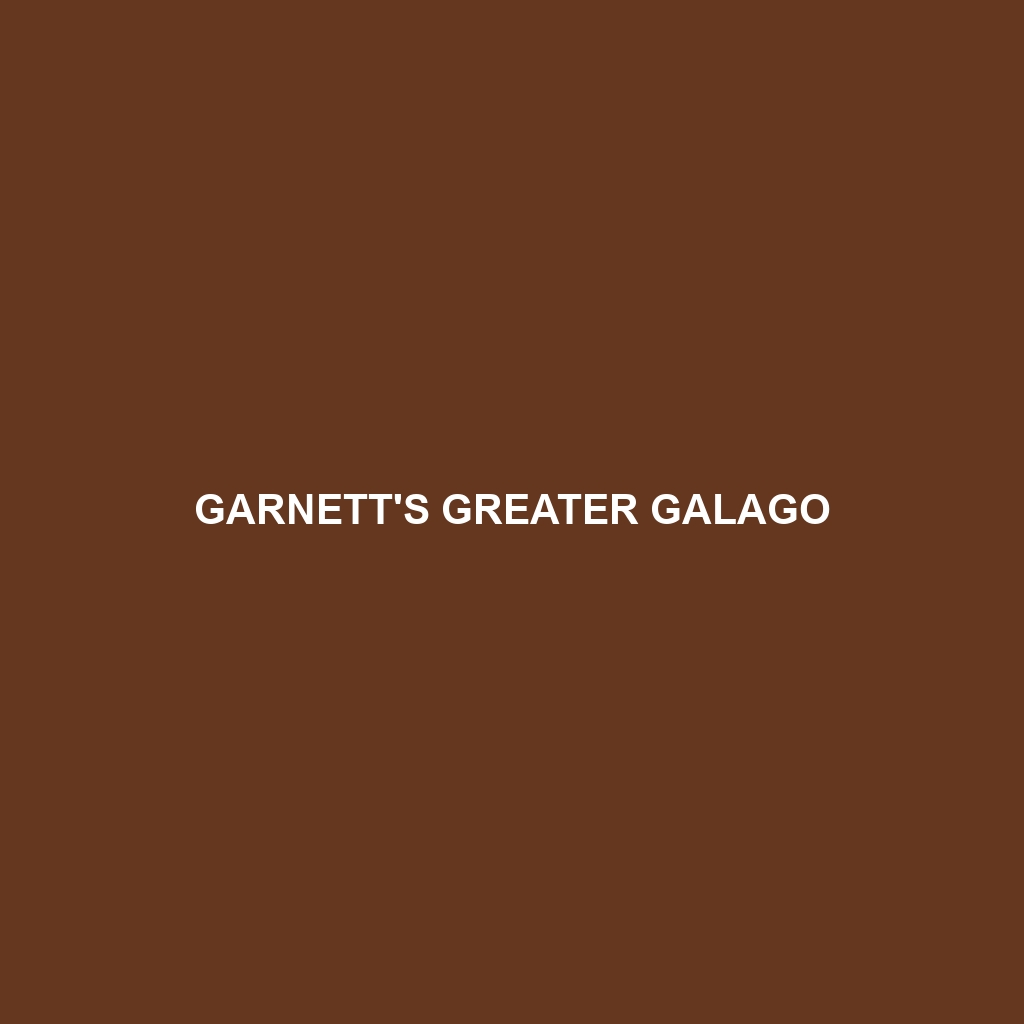Kenya Coast Dwarf Galago
Common Name: Kenya Coast Dwarf Galago
Scientific Name: Galago gallarum
Habitat
The Kenya Coast Dwarf Galago is primarily found along the coastal regions of southeastern Kenya. This nocturnal primate inhabits tropical and subtropical forests, particularly favoring dense, humid habitats such as mangroves and coastal rainforests. Their range includes areas stretching from the coastal plains to nearby hilly terrains, making them well-adapted to various microhabitats within this biodiverse ecosystem.
Physical Characteristics
This small primate typically measures around 20 to 30 centimeters in length, with a tail that can be even longer, aiding in balance as they navigate the trees. The Kenya Coast Dwarf Galago exhibits a distinct coloration, with a soft, grayish fur coat and a white underbelly. Noteworthy features include their large, round eyes adapted for nocturnal vision, prominent ears for excellent hearing, and powerful hind limbs enabling agile leaps between branches. Their size and charming appearance make them particularly appealing to wildlife enthusiasts.
Behavior
Kenya Coast Dwarf Galagos are known for their arboreal lifestyle, often found leaping gracefully between trees during the night. They are social animals, typically seen in small family groups. Their vocalizations include a range of sounds, including barks and whistles, which facilitate communication. They exhibit strong territorial behaviors, using scent marking to establish boundaries within their habitat. Observations reveal that they are primarily solitary when foraging but come together during rest periods.
Diet
Generally classified as insectivores, the Kenya Coast Dwarf Galago’s diet consists primarily of insects, fruits, and occasionally small vertebrates. They actively forage at night, using their keen eyesight to locate prey. Common food sources include moths, beetles, and ripe fruits from trees. This diverse diet plays a crucial role in their survival, allowing them to adapt to seasonal changes in food availability.
Reproduction
The breeding season for the Kenya Coast Dwarf Galago typically occurs during the rainy months when food is abundant. Females give birth to a single offspring after a gestation period of about 4 to 5 months. The young are nurtured and cared for by both parents, ensuring a high survival rate during their early vulnerable days. Infants begin to venture out and explore their surroundings after a few weeks, showcasing their playful and curious nature.
Conservation Status
The Kenya Coast Dwarf Galago is currently classified as Vulnerable by the International Union for Conservation of Nature (IUCN). Threats to their populations include habitat lossdue to deforestation, agricultural expansion, and human encroachment. Conservation efforts are essential to preserve their natural habitats and ensure the survival of this unique primate.
Interesting Facts
One fascinating fact about the Kenya Coast Dwarf Galago is their ability to leap up to 3 meters horizontally, thanks to their powerful hind legs. Additionally, these primates have a remarkable capability to slide down tree trunks head-first, a skill that enhances their agility and evasion from predators. They are also considered important seed dispersers within their ecosystem.
Role in Ecosystem
The Kenya Coast Dwarf Galago plays a significant role in its ecosystem as both a predator and prey. By consuming a wide array of insects, they help regulate insect populations, while their foraging activities contribute to seed dispersal, promoting plant growth and maintaining the health of their forest habitat. Their presence in the ecosystem indicates a balanced environment and helps maintain biodiversity, which is vital for ecological stability.
